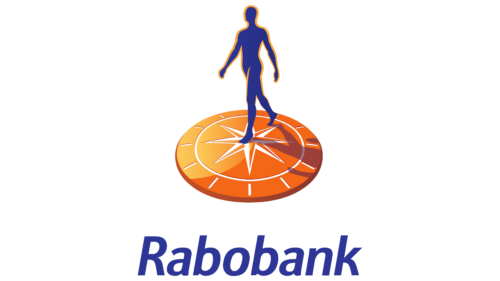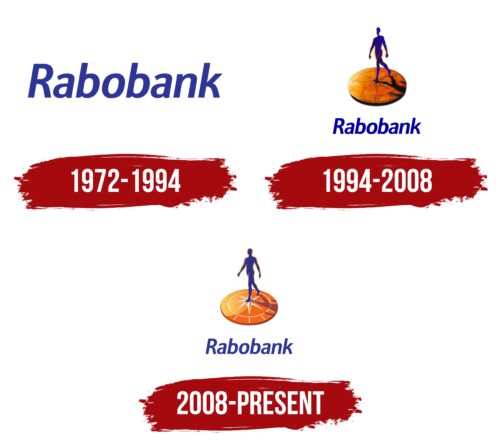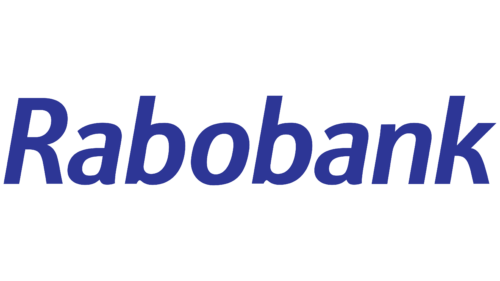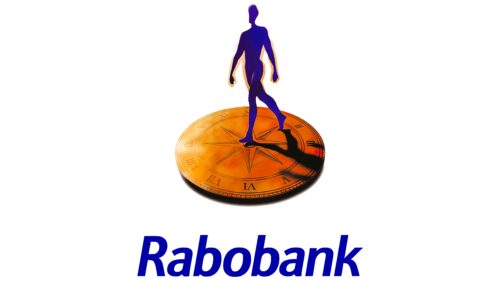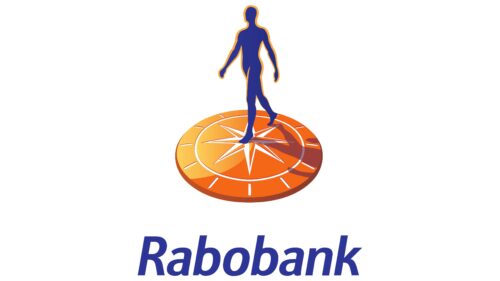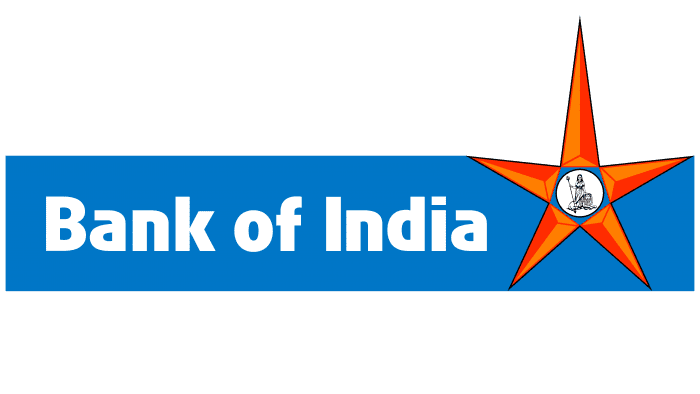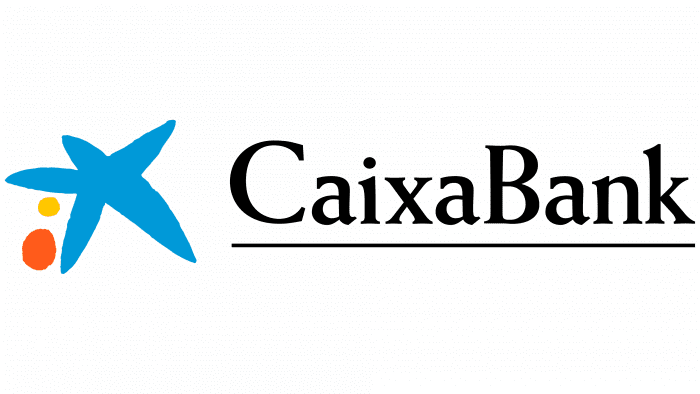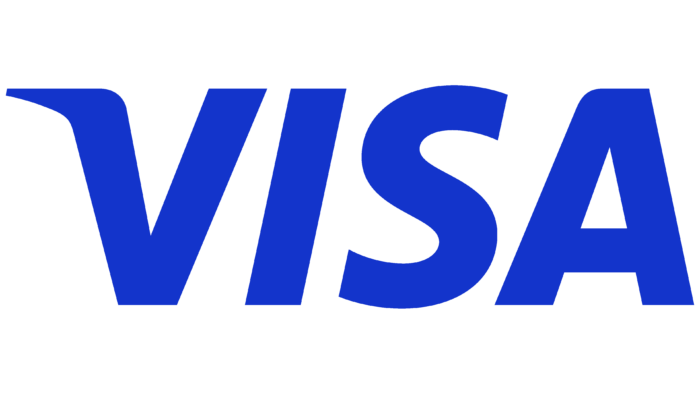Rabobank: Brand overview
| Founded: | 1895 |
| Founder: | Friedrich Wilhelm Raiffeisen |
| Headquarters: | Rabotoren, Utrecht, Netherlands |
| Website: | rabobank.com |
Meaning and History
1972 – 1994
1994 – 2008
2008 – today
Rabobank color codes
| Egyptian Blue | Hex color: | #2d3696 |
|---|---|---|
| RGB: | 45 54 150 | |
| CMYK: | 70 64 0 41 | |
| Pantone: | PMS 2746 C |
| Maximum Yellow Red | Hex color: | #fbbd4f |
|---|---|---|
| RGB: | 251 189 79 | |
| CMYK: | 0 25 69 2 | |
| Pantone: | PMS 136 C |
| Orange | Hex color: | #f36716 |
|---|---|---|
| RGB: | 243 103 22 | |
| CMYK: | 0 58 91 5 | |
| Pantone: | PMS Bright Orange C |
